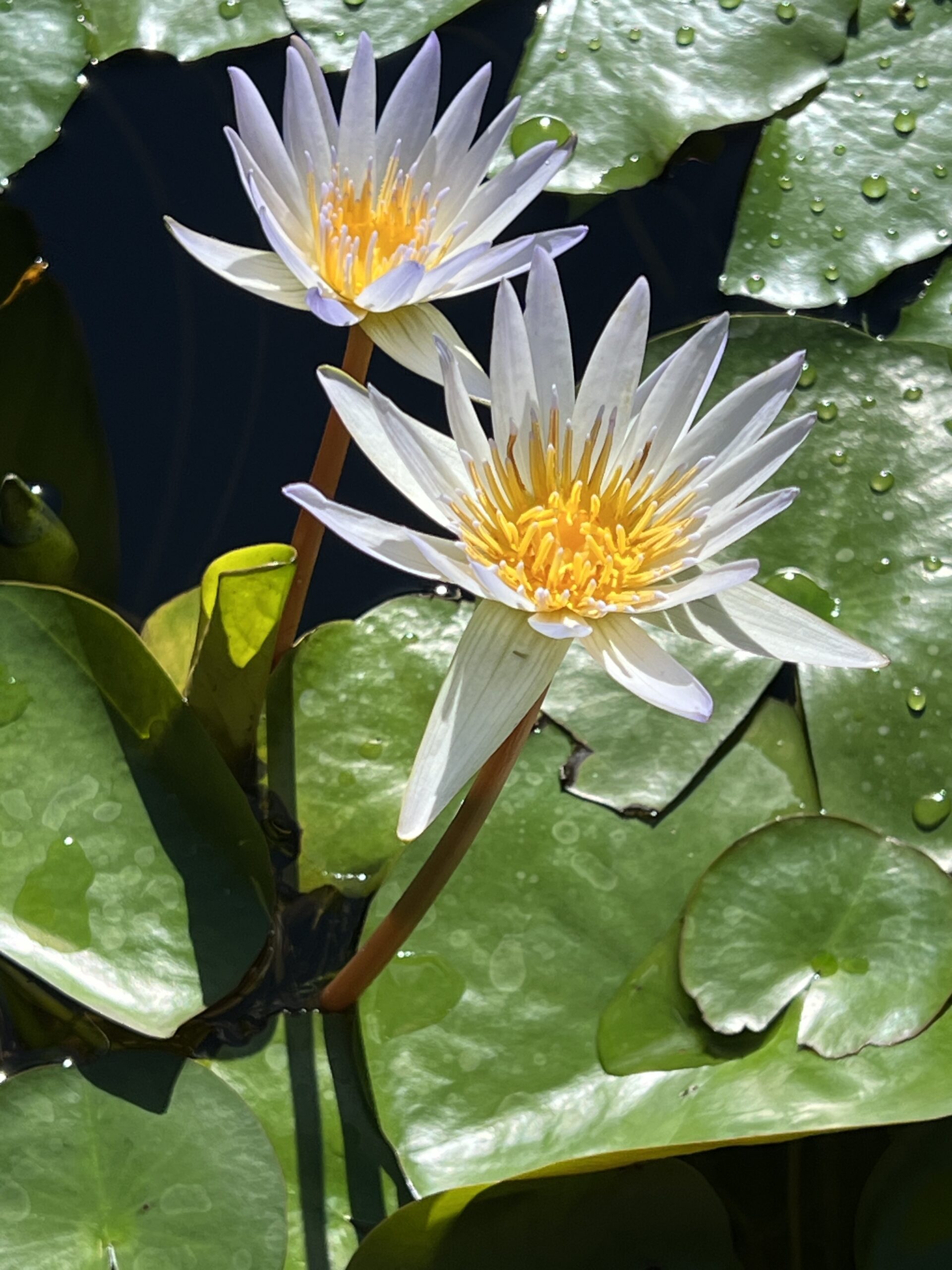“Am I willing to travel uncharted seas of the mind?”
With these words Swami Sivananda Radha closes the chapter on “Powers of the Cakras” in Kundalini Yoga for the West (Timeless Books 1978). Having reached somewhat of a turning point in my life, aka turning seventy, I found myself looking to Swami Radha (who initiated me into her lineage in 1995) for inspiration to carry me through however many years I have left on planet Earth. Not just carry me through the way drugs and alcohol might do. (Though with COVID it’s tempting to go that road.) Or more tame pursuits that are a repeat of where I’ve already been. Something of more substance and intrigue, as the study of Kundalini yoga has been for the past quarter century. In fact it’s no exaggeration to say that the Kundalini book, and the teachings I received at Yasodhara Yoga have got me where I am today. Along the way I have earned a Masters Degree in Transpersonal Studies (more on that later) from Sophia University in Palo Alto, California, which taught me, among many other things, that there are as many paths to fulfilling one’s human potential as there are people to tread them.
Walt Whitman wrote: “To know the universe as a road, as many roads, as roads for traveling souls…” so too I believe myself to be on a soul road or journey, and one that goes, by necessity, through the uncharted territory of my mind. Whitman’s poem closes with these lines: “But hail your fellow travelers from a distance. Don’t try to catch up and keep step. Yell ‘cheerio’ across the fields but stick to your own particular path. Be it paved, or grass, or just plain old dirt. It’s your path, and it suits your make of boot.” (End quote) So, for the past half dozen years I have been a yogini at large, one who has diverged from my “spiritual birthplace” in Yasodhara Yoga, and stuck to my own particular path of family life as a spiritual discipline and practice.
The pilgrim’s path, implied by Whitman, is seen as a solitary one, and indeed there’s nobody who can tread my path but me. That said, perhaps because I am a wife and mother whose role as matriarch (aka Air-Traffic-Controller) of a multi-generational family is fast becoming redundant, I am starting this blog in hopes of sharing my journey with other seekers of meaning and purpose. Thomas Merton wrote: “To live in communion, in genuine dialogue with others, is absolutely necessary if one is to remain human. But to live in the midst of others, sharing nothing with them but the constant noise and the general distraction, isolates a [person] in the worst way, separates [him or her] from reality in a way that is almost painless.”
Until it isn’t painless. Until it throbs like a primitive drum beat at the core of one’s being. Demanding more than a bridge or golf score, a high net worth statement, PhD or trip to Tahiti. Don’t get me wrong, I’m as materially-minded as the next guy. (Or gal, but “guy” rhymed with “minded”). It’s just that achieving some degree of the “success” that is vaunted in the west has not brought me the peace, harmony and ease of well-being that my inner drummer is seeking.
So, am I willing to travel uncharted seas of the mind, with humility and curiosity? Yes, yes, and yes again.
Are you?
